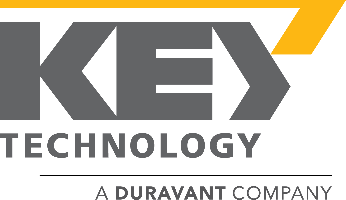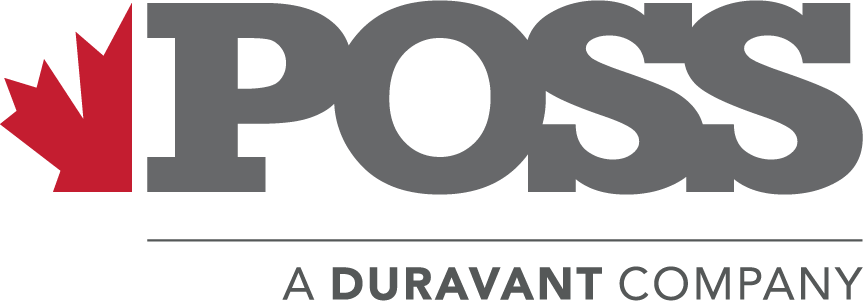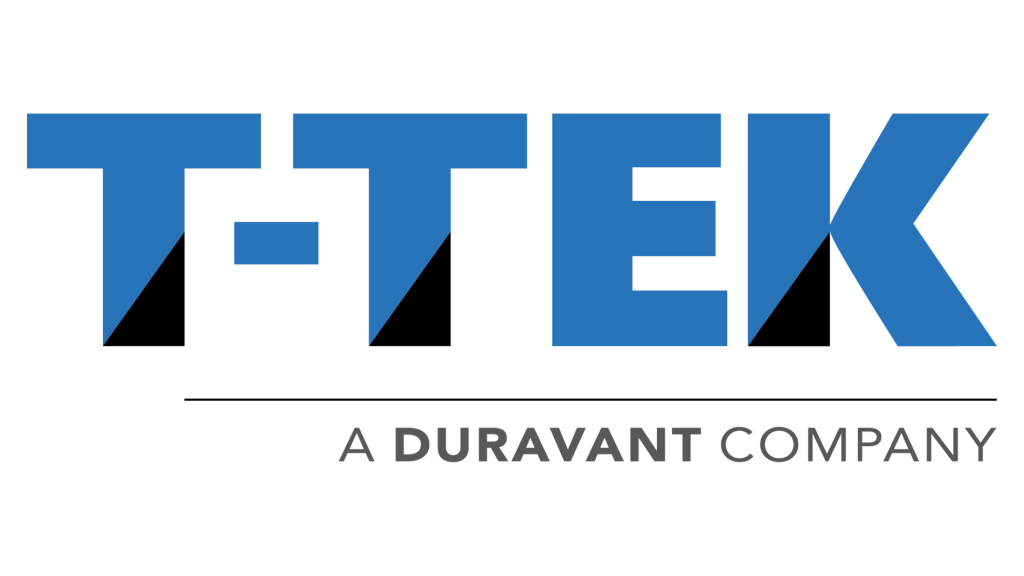The Duravant family of operating companies serve the food processing, packaging and material handling segments.
Future of Product Packaging: Key Innovations and Trends Shaping Global Supply Chains by 2025
In recent years, the landscape of product packaging has undergone significant transformations, driven by technological advancements, sustainability demands, and evolving consumer preferences. According to a report by Smithers Pira, the global market for product packaging is expected to reach $500 billion by 2025, with a compound annual growth rate (CAGR) of 4.4%. This growth is largely propelled by innovations that prioritize not just aesthetics but also functionality and environmental impact, as consumers increasingly favor brands that demonstrate a commitment to sustainability.
As we look ahead to 2025, several key trends are set to shape the future of product packaging. The rise of eco-friendly materials, smart packaging solutions, and personalized packaging experiences are just a few examples of how businesses are revolutionizing their supply chains. For instance, the use of biodegradable and compostable materials is projected to grow by 18% annually, reflecting a clearer shift toward reducing plastic waste. These shifts not only cater to consumer expectations but also represent a crucial step for companies aiming to enhance their brand image in an environmentally conscious market, thereby making product packaging a focal point of their strategic planning.
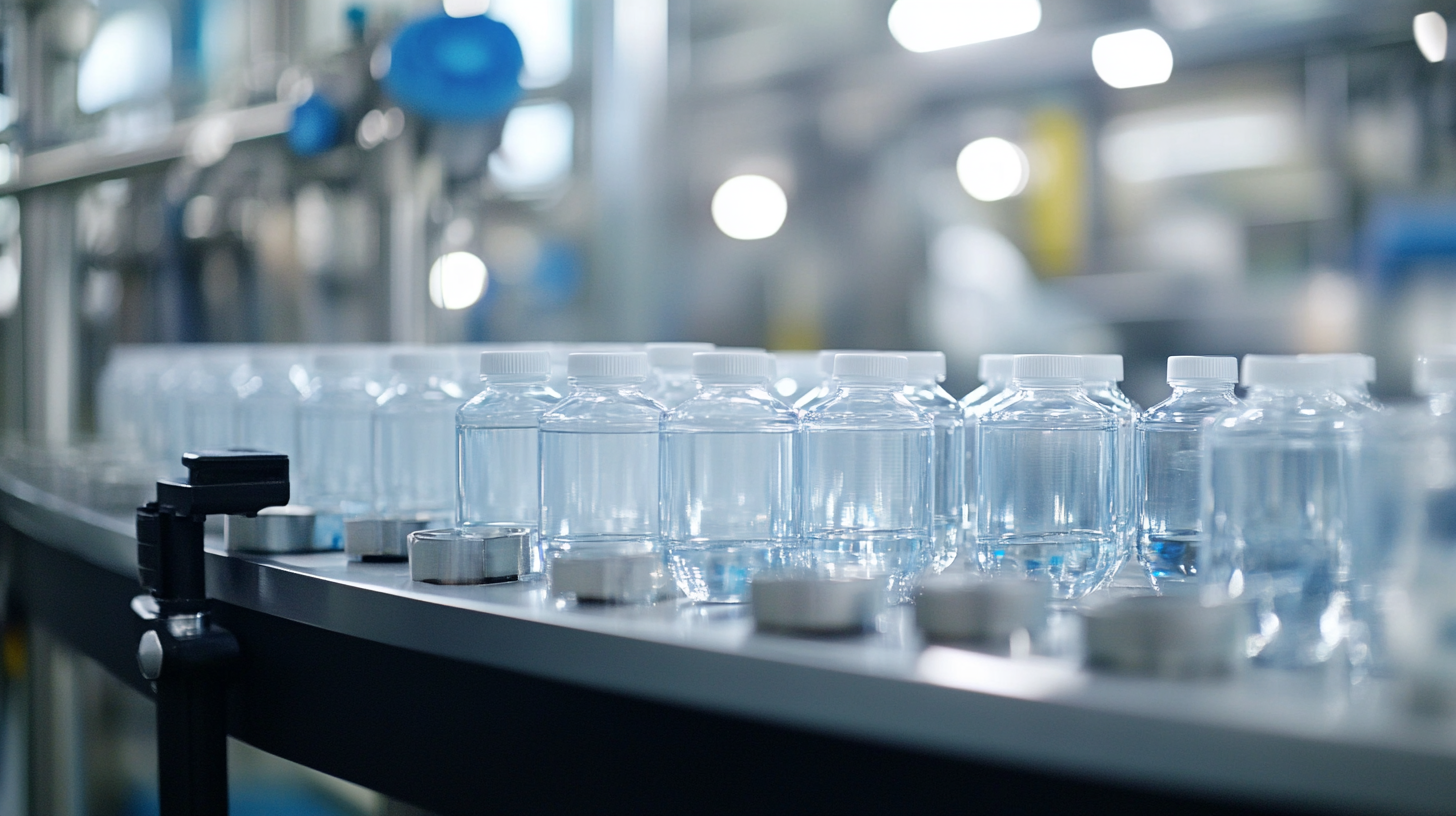
Sustainable Materials: Revolutionizing Product Packaging for a Greener Future
As we look towards 2025, sustainable materials are set to revolutionize product packaging, transforming the landscape of global supply chains. The rise in eco-conscious consumerism is pushing companies to prioritize sustainable solutions that not only reduce environmental impact but also enhance product longevity and freshness. Innovations such as perforated packaging are gaining traction, particularly in the food and textile industries, enabling better air circulation and moisture control that significantly extend the shelf life of products while minimizing waste. In parallel, the Green Market is thriving, with a remarkable 48.7% compound annual growth rate (CAGR) reflecting a shift towards eco-friendly, ethical, and recyclable packaging options. This growth is largely driven by advancements in green technology, which encompass a range of innovations aimed at creating a more sustainable future. From automated packaging solutions that streamline the e-commerce process to bio-based fabrics emerging in the fashion industry, the drive for sustainability is reshaping material sourcing and packaging design across various sectors. Furthermore, the integration of bioconjugates in recycling and material upcycling showcases the unique approaches being developed to manage waste effectively. By combining biological and synthetic components, these hybrid materials present exciting new avenues for reimagining product packaging. As we celebrate global initiatives like Global Recycling Day 2025, it becomes evident that sustainable packaging innovations are not merely a trend but a crucial component in our collective effort to create a greener planet.
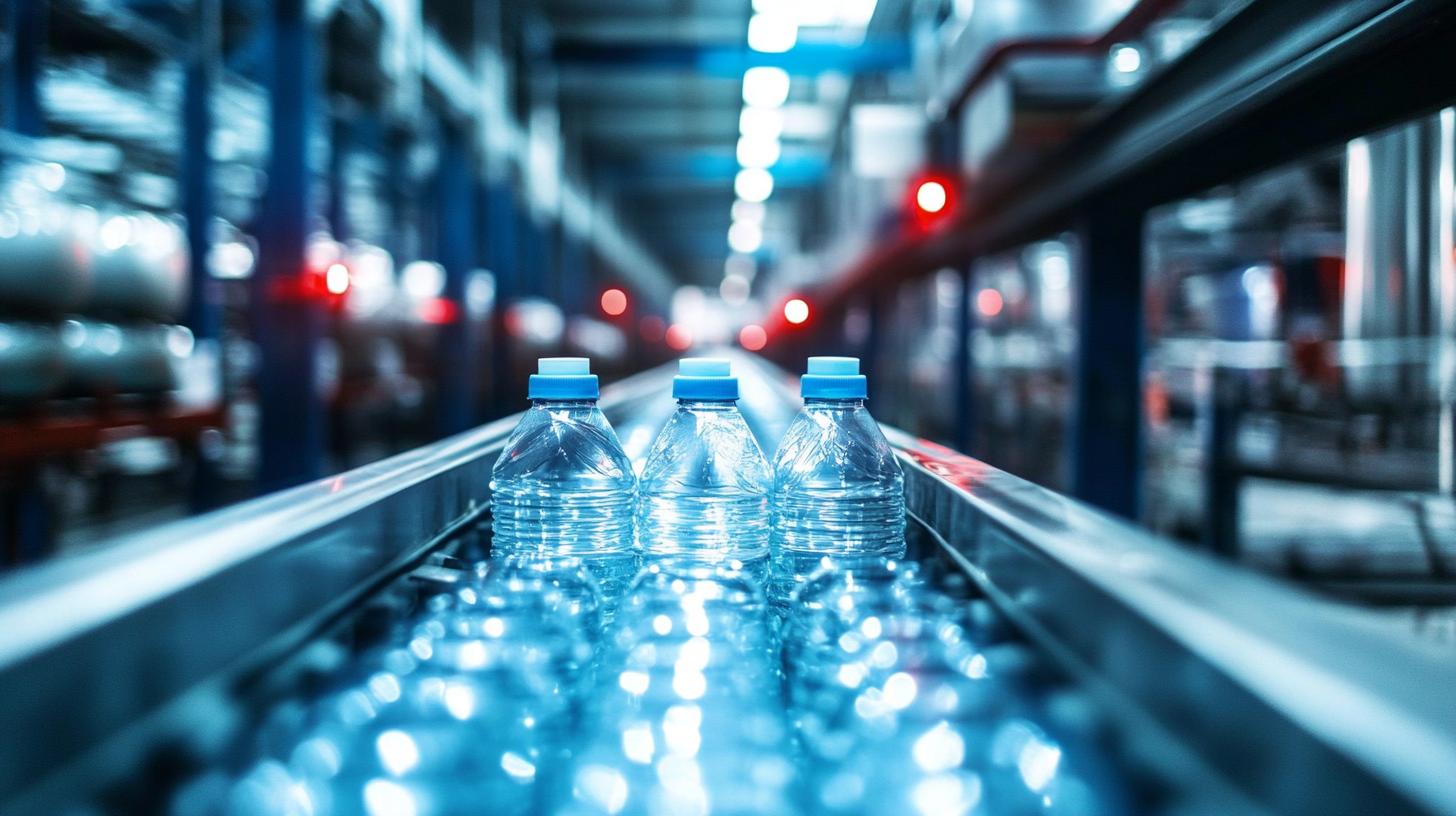
Smart Packaging Technologies: Enhancing Customer Experience and Safety
As we approach 2025, smart packaging technologies are rapidly transforming the landscape of product packaging, significantly enhancing customer experiences and ensuring safety throughout the supply chain. The integration of Internet of Things (IoT) capabilities into packaging solutions is at the forefront of this innovation wave. IoT-enabled packaging allows for real-time monitoring, providing consumers and businesses alike with valuable insights into product conditions, locations, and authenticity. For instance, temperature-sensitive goods like pharmaceuticals and food products can now be tracked meticulously, reducing spoilage and ensuring that customers receive items in optimal condition.
Moreover, smart packaging not only increases safety but also elevates the consumer experience. With the rise of connected devices, packaging can now feature QR codes or NFC tags that, when scanned, provide customers with detailed product information, usage instructions, and even promotional content. This interactive element not only fosters customer engagement but also enhances transparency, allowing customers to make informed purchasing decisions. As businesses embrace these technologies, they create a dynamic bridge between the product and the consumer, ultimately fostering brand loyalty and satisfaction.
The growth of the IoT-enabled packaging market underscores the importance of these innovations in global supply chains. As companies recognize the benefits of incorporating smart features into their packaging strategies, we can expect a considerable shift in how products are delivered, stored, and interacted with. This transformation will likely lead to increased efficiencies in logistics, improved regulatory compliance, and a stronger focus on sustainability, ensuring that packaging not only serves its traditional role but also meets the evolving demands of the modern consumer.
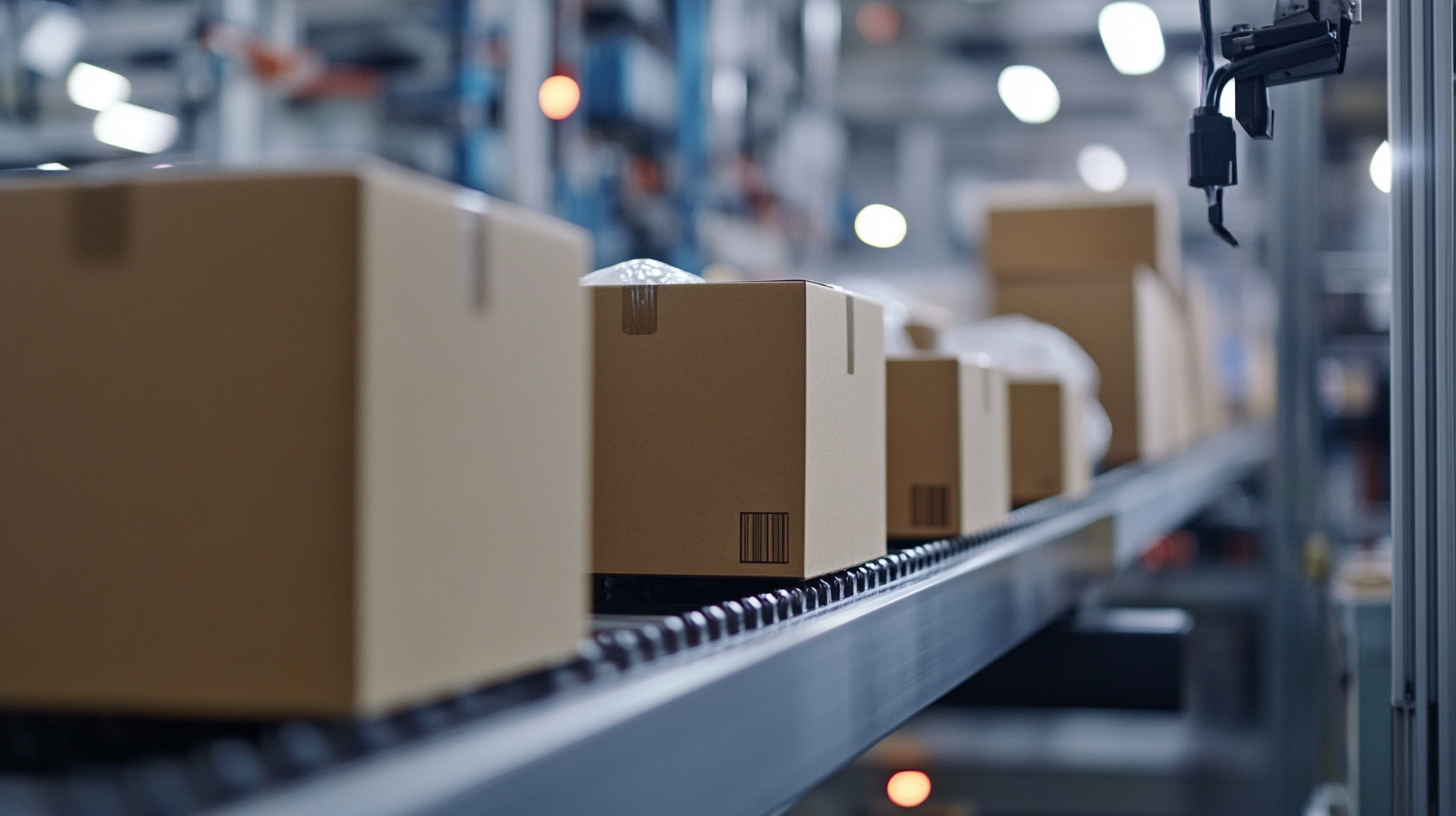
The Role of E-commerce in Shaping Packaging Innovations
The rapid growth of e-commerce has dramatically transformed the landscape of product packaging, prompting a wave of innovations designed to meet the unique challenges of online retail. As consumers increasingly favor the convenience of online shopping, packaging must evolve not only to protect products during transit but also to enhance the unboxing experience. This shift prioritizes designs that are lightweight yet sturdy, ensuring items arrive intact while minimizing shipping costs.
Moreover, sustainability has become a critical consideration in e-commerce packaging. Many companies are rethinking their packaging materials, moving towards biodegradable, recyclable, and reusable options to address environmental concerns. As consumers become more eco-conscious, brands are responding by implementing innovative materials like plant-based plastics and minimalistic designs that reduce waste. This trend is influencing packaging decisions across the board, from small startups to established global brands.
Finally, the personalization of packaging is another emerging trend driven by e-commerce. Brands are leveraging customization to create unique packaging solutions that resonate with individual customers, enhancing their overall shopping experience. This not only helps in building customer loyalty but also differentiates brands in a crowded marketplace. As the e-commerce sector continues to grow, the interplay between customer expectations and innovative packaging solutions will remain a pivotal focus for companies looking to thrive in the global supply chain environment by 2025.
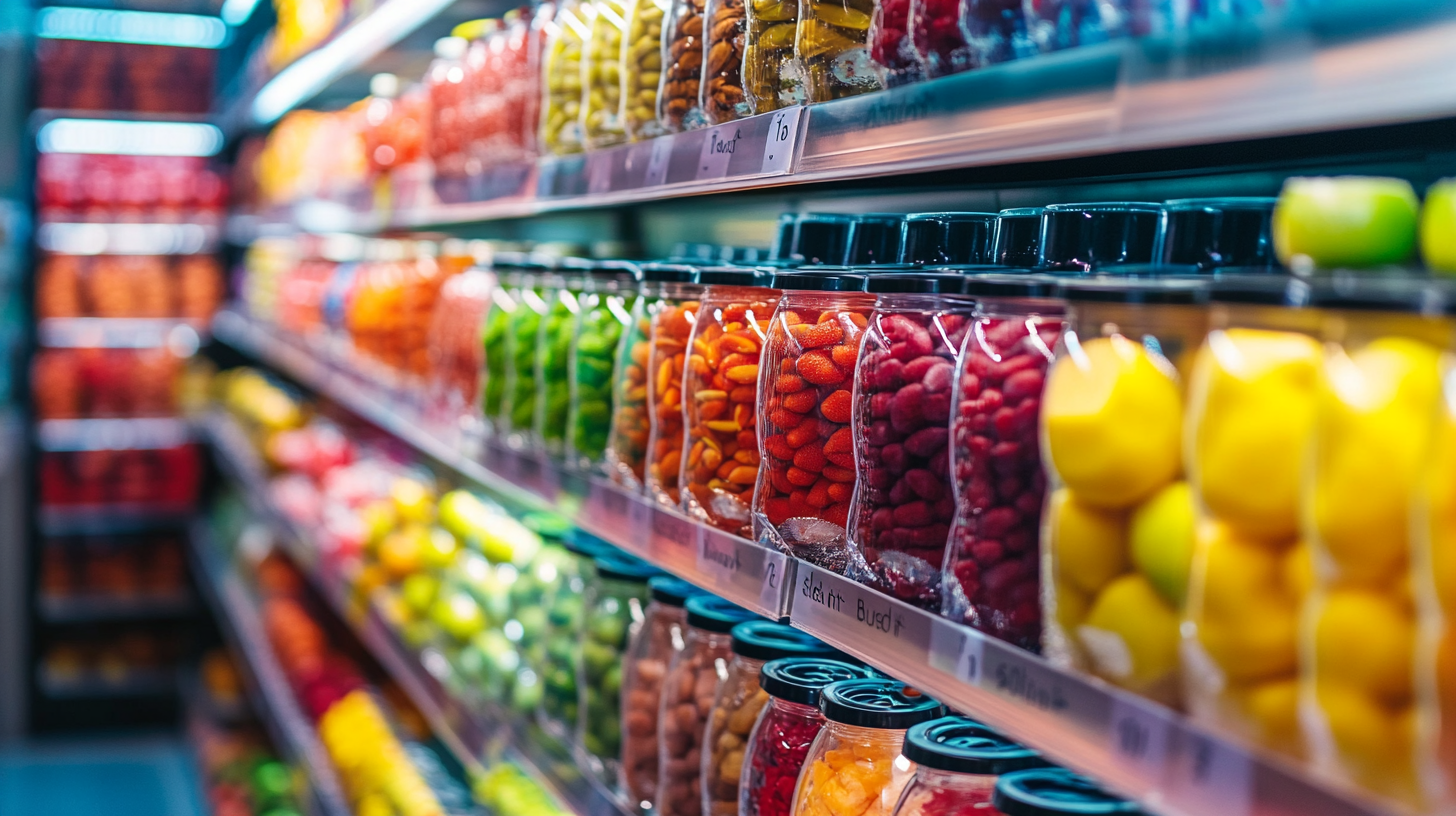
Regulatory Changes and Their Impact on Packaging Design Strategies
As we approach 2025, regulatory changes in environmental policies are significantly influencing packaging design strategies across various industries. According to a report by Smithers Pira, it is anticipated that global packaging waste regulations will tighten, spurring innovation in sustainable materials. With legislations such as the European Union’s New Plastics Economy and potential bans on single-use plastics in various regions, companies are compelled to rethink their packaging methods to comply and remain competitive.
In response to these regulations, businesses are investing heavily in research and development of biodegradable and recyclable materials. A study by Grand View Research highlights that the biodegradable packaging market is projected to grow at a CAGR of 14.3% from 2021 to 2028, driven largely by increased consumer demand for sustainable solutions. Furthermore, brands that actively incorporate eco-friendly practices into their packaging designs not only meet compliance requirements but also enhance their market appeal, as 66% of consumers are willing to pay more for sustainable brands, according to Nielsen’s Global Corporate Sustainability Report.
The impact of these regulatory changes extends beyond materials; companies are also re-evaluating their supply chain logistics. Efficient packaging can lead to reduced transportation costs and lower carbon footprints. For instance, optimizing package sizes to minimize shipping volumes can help reduce overall emissions, aligning with the goals of the Paris Agreement. As firms adapt to stricter regulations, those who embrace innovation in their packaging strategies will likely see significant advantages in the evolving marketplace.
Trends in Automation and Robotics in Supply Chain Packaging Processes
The future of product packaging is increasingly shaped by automation and robotics, playing a crucial role in enhancing supply chain efficiency. As industries adapt to evolving market demands, the global packaging landscape is poised for transformation, driven by innovations that streamline processes and reduce operational costs. Reports indicate that the artificial intelligent packaging market was valued at approximately USD 2.4 billion in 2024, with expectations to grow at a compound annual growth rate (CAGR) of over 10.1% from 2025 to 2034. This surge is largely attributed to the integration of AI technologies that enable smarter packaging solutions and improved decision-making in supply chain operations.
Moreover, food robotics represents a significant shift in the food processing sector, with the market projected to grow at a CAGR of 9.70% between 2024 and 2032, reaching a value of USD 6.08 billion by 2032. The utilization of robotic systems in packaging not only enhances productivity but also addresses challenges such as labor shortages and demand for faster delivery times. By automating repetitive tasks, companies can optimize workflows, leading to a more agile and responsive supply chain.
Additionally, advanced technologies such as predictive analytics and sensor integration are transforming logistics operations. These innovations facilitate real-time inventory management and transparency, enabling companies to make informed decisions and improve overall efficiency. As the supply chain industry continues to embrace automation and robotics, businesses that leverage these technologies are likely to gain a competitive edge in the marketplace by 2025 and beyond.


